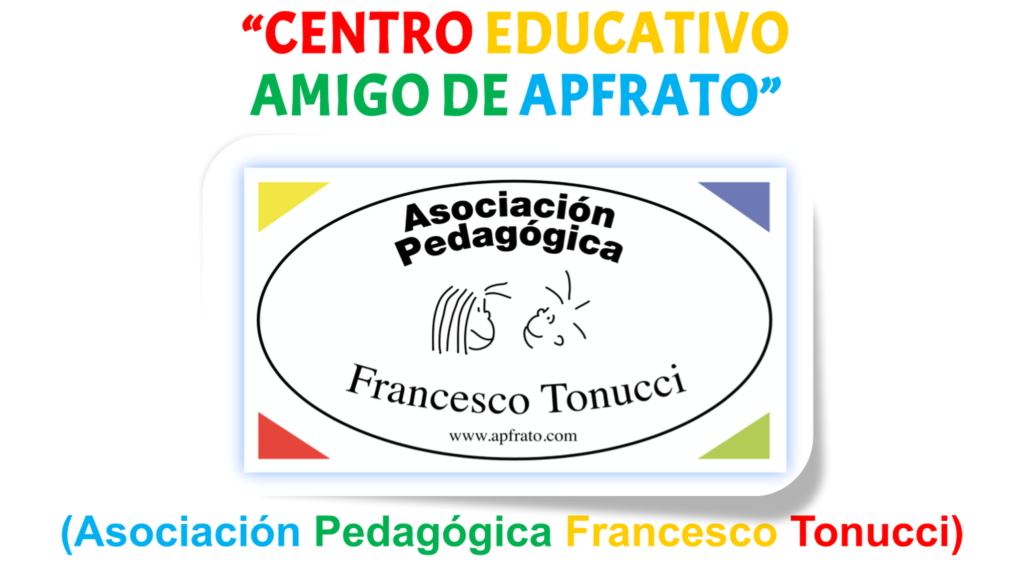This project aims to promote the use of technology to increase kids’ interest in and engagement with the natural world. We strongly believe that connecting children to nature and the outdoors through technology will provide much more skilled students in different ways.
Participatory Science offers each of us a path to find special ways in which we can each help protect our part of the world. It’s an elegant, efficient and engaging solution to the huge environmental problems we face in the 21st century.
We cannot apart this away from technology since the information must be used by others. Biodiversity is a very important aspect of our lives and it can only be managed effectively by engaging all stakeholders in the stewardship process.
We will find ways to create collaborations between stakeholders: botanical gardens, biodiversity associations, landowners, tourism operators, tourists, scouts, student organizations, scientists etc.pplied to counteract some of the barriers to independent outdoor learning.
.
Objectives:
- Promote a responsible environmental awareness based on scientific facts
- Increase understandings of the nature of science and lead to more positive attitudes toward science and the environment
- Bring scientists, teachers and students together in partnerships that result in useful research and effective science education
- Create learning lines and tools for connecting new technologies with nature
- Collect large quantities of data across an array of habitats and locations over long spans of time
Partners:
- Liceul Teoretic «Dimitrie Cantemir». Iasi, ROMANIA.
- I.I.S. GOBETTI MARCHESINI-CASALE, TORINO,ITALIA – http://www.gobettimarchesinicasale.gov.it/#
- Cockermouth School, COCKERMOUTH, UK – www.cockermouthschool.org
- Gymnázium Vysoké Mýto, Vysoké Mýto, CEHIA, www.gvmyto.cz
- Instituto de Enseñanza Secundaria «La Madraza», GRANADA, SPANIA, www.ieslamadraza.com










 El antiguo logo de la Madraza siempre nos acompañará, recordándonos el trabajo de nuestro compañero y artista, Norberto Castillo.
El antiguo logo de la Madraza siempre nos acompañará, recordándonos el trabajo de nuestro compañero y artista, Norberto Castillo.